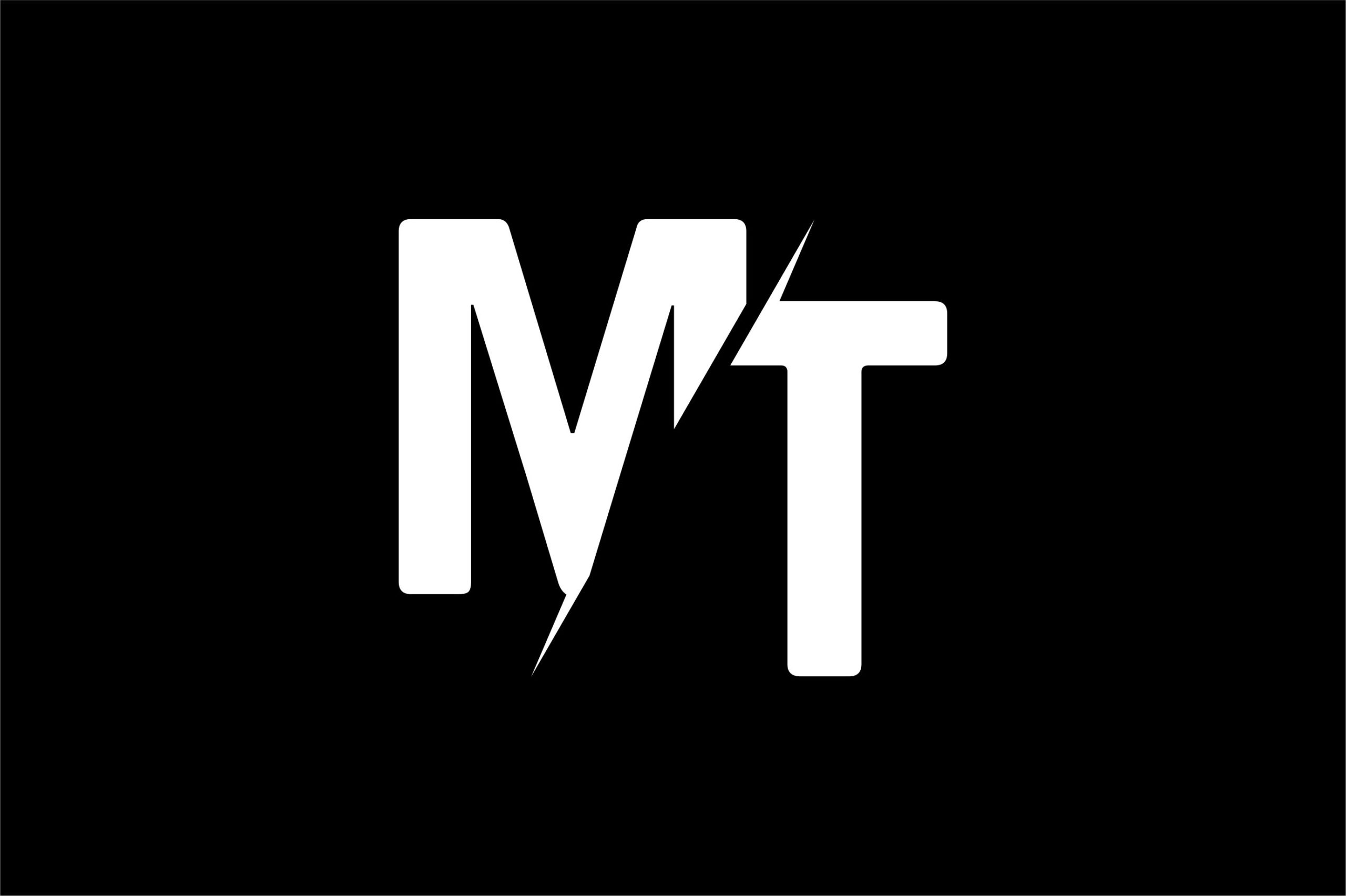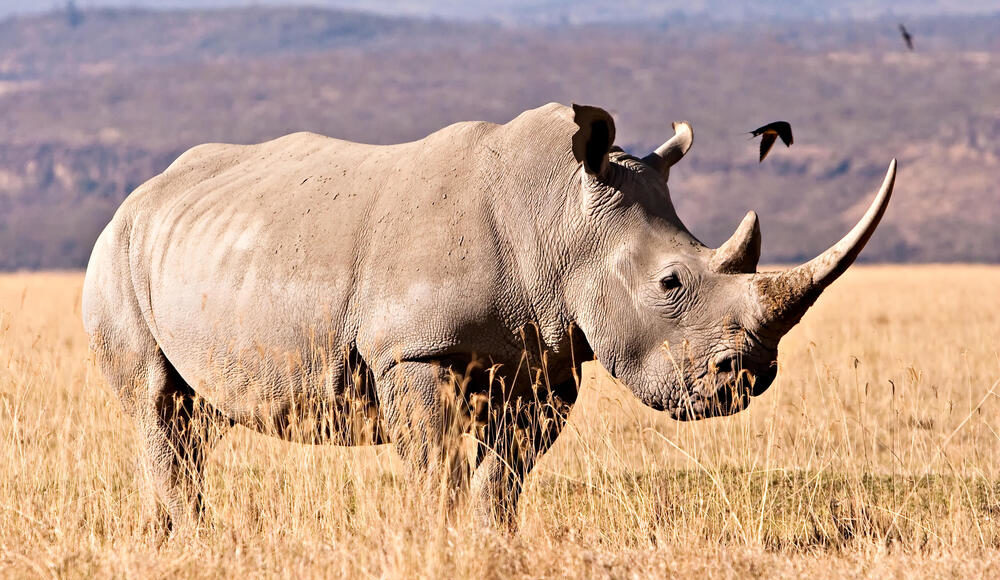According to the UN Environment Programme, the illegal wildlife trade is the fourth most lucrative criminal enterprise in the world. It’s worth anywhere from $70 billion to $213 billion annually. Some of the illegal wildlife trade items are actually worth more than their gold weight. What is the most expensive animal in the world to buy? (answer) This article shows that the most expensive animal on the black market today is the white rhinoceros worth over $388,000.
What Is The Most Expensive Animal In The World To Buy
We review the top ten most expensive poached species based on data from Simon Fraser University in Canada and Colby College in the USA showing what is the most expensive animal in the world to buy. These are the most desired species in this scourge, which undermines both conservation and stability, and security in the areas that it affects.
1.WHITE RHINOCEROS – $368,000
The most valuable animal on the black marketplace is the white rhinoceros, which holds the unfortunate honor of being the most expensive. The study also found that the horn is the most valuable part of the species, fetching it $100,000. This compares to $39,000 for gold. Asians use this product in traditional Asian medicine.
People use it as a tonic for various diseases, as well as a hangover cure and status symbol. The main threat to white rhino survival is poaching. However, there are still approximately 50-100 remaining individuals in the early 1900s. It is today the most common rhino species with approximately 18,000 individuals. However, one of its subspecies, the northern white rhino, has almost disappeared.
In the illegal trade of endangered species, a tiger is worth slightly less than a white rhino. The star product of illegal slaughter is the penis. It costs $473,506 per kilogram, which is 12 times more than gold. Traditional Asian medicine, like rhino horn, has been the main market for tiger penis.
However, in practice, it is often eaten as a culinary delight in the form of soup and fetches up to $400 per bowl. The bones of these animals are used for many purposes. They are highly valued at $27,102 per kilogram. It is believed that there are 3,900 wild-born of these creatures.
2. WHALE SHARK: 341,139
We tend to think about terrestrial species when it comes to poaching. The whale shark, which is the largest living fish in illegal trade, is third. The whale shark grows to over 20m in length. People illegally hunt them to extract their skin, fins, and oil. In 2014, WildLifeRisk, a Hong Kong-based NGO, discovered an illegal factory in southeast China where more than 600 whale sharks were processed each year for oil and soup. Although the current population of whale sharks is unknown, it is considered an endangered species.
3. BLACK RHINOCEROS: $288,000
The black rhino is more aggressive and restless than its white cousin, but it is still relatively common today with only 5,000 wild animals. Although rhinos were nearly exterminated by colonial hunting, there were only about 70,000 remaining in 1970. However, the number of rhinos was drastically reduced in 1995 when poaching led to a decline in numbers to just 2,410. The black rhino is slightly smaller than the white rhino, and its horns are also smaller. This is why it sells at a lower price on black markets.
4. BASKING SHARK: $131 348
The second-largest shark is 12 meters long. It is also highly sought-after prey in illegal trade. The basking shark is easy prey. This is a result of its calm behavior and habit of swimming in shallow water. Despite being rare in the meat and fin trade, both whale sharks and basking sharks have been identified through DNA techniques. Authorities and researchers in Asia have also been able to identify their hidden presence in food products sold to the public via legal channels.
5. GREAT WHITE SHARK: $91,729
In fact, the shark in the movies has become the most dangerous threat to humans. These occurrences are rare, and we pose a greater threat than they are. Recent censuses have shown that white shark populations are declining below their genetic limit in waters such as South Africa. This is crucial for their conservation.
6. AFRICAN ELEPHANT – $53,768
Although the international ivory trade was banned in 1989 due to its main source being elephant tusks, this so-called white gold, which is still sold as a decorative item and luxury item, is still a major driver for poaching. It has a black-market value of approximately $2,840 per kilogram. Poachers kill more than 3000 elephants every year in Africa. While ivory is the most well-known product of illegal trade, it isn’t the only one. Traffic investigated the Asian markets and found that almost all parts of an elephant are available for sale. This includes teeth, skin, bones, tails, trunks, and even skin. Restaurants sell these parts and use them in traditional remedies.
SIMILAR ARTICLES
- Types of Bank Accounts in Nigeria
- Can Atm Cards Be Used For Online Purchases
- Accountants Monthly Salary
- Is Auditing Accounting Or Financing?
- How Long Does It Take For Book Balance To Become Available
- Difference Between Book Balance And Account Balance In Gt Bank
- Can I Withdraw From My Book Balance?
- What Is Book Balance In A Loan Account?
- The Difference Between Auditing And Investigation
- Monthly Salary Of An Accountant In The Philippines
- Similarities Between Accounting And Auditing
- What Do Auditors Do On A Daily Basis?
- How Long It Takes To Deposit A Check Online
- How Long It Takes For Cheque To Clear UK
- Do I Need A Visa To Go To South Africa?
- Chinese Visa Requirements For Nigerian Citizens
- Cost Of Nigerian Visa From The United Kingdom
- UK work permit visa requirements
- Fastest Growing Business In Africa
- Can Atm Cards Be Used For Online Purchases
- Fastest Growing Business In Africa
- Most Profitable Business In Africa
- Is it easy to start a business in UK?
- Opening a Business in UK and Get Citizenship
- 14 Profitable Business ideas(Zambia)
- The Best Accounting Career










